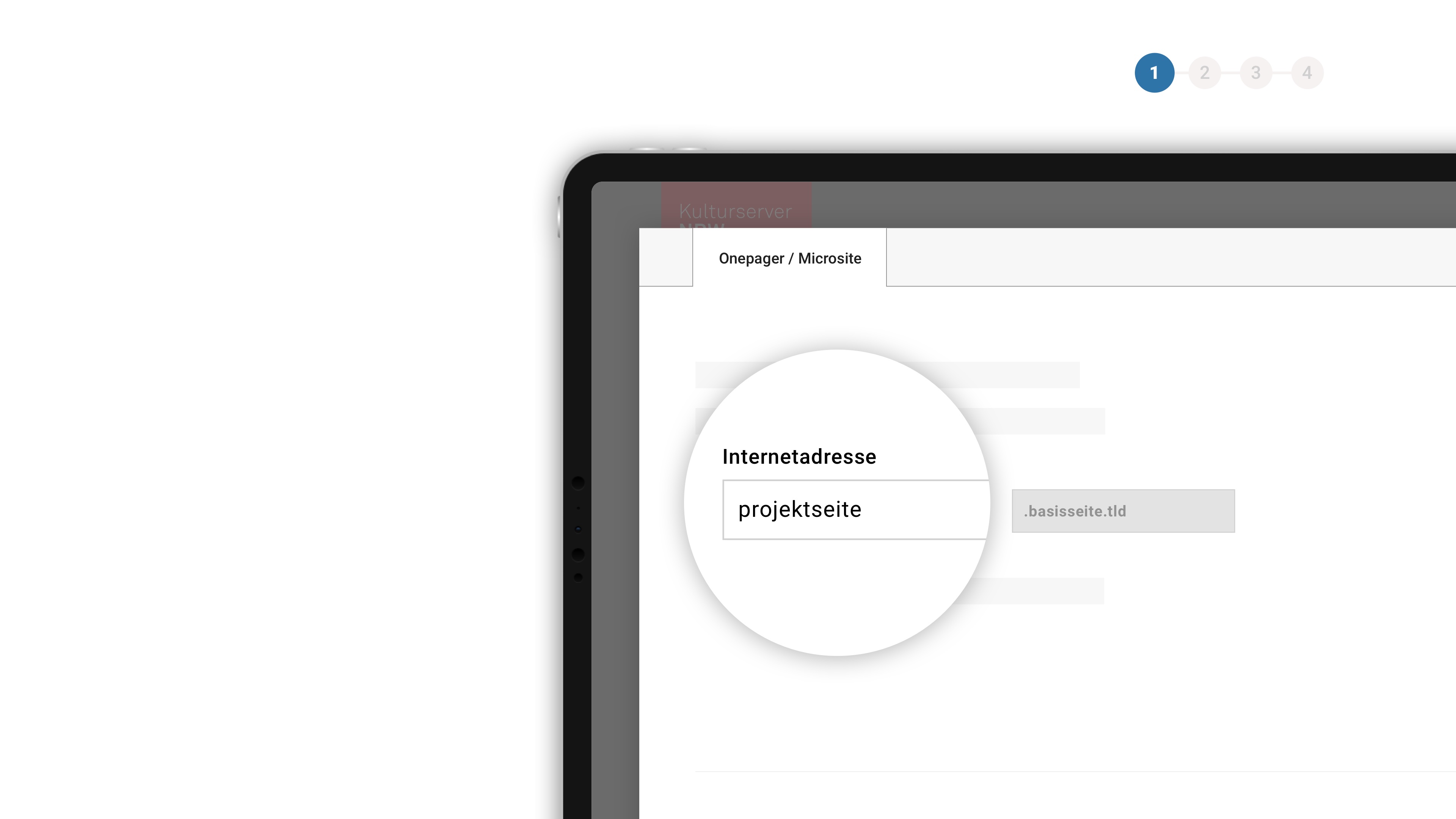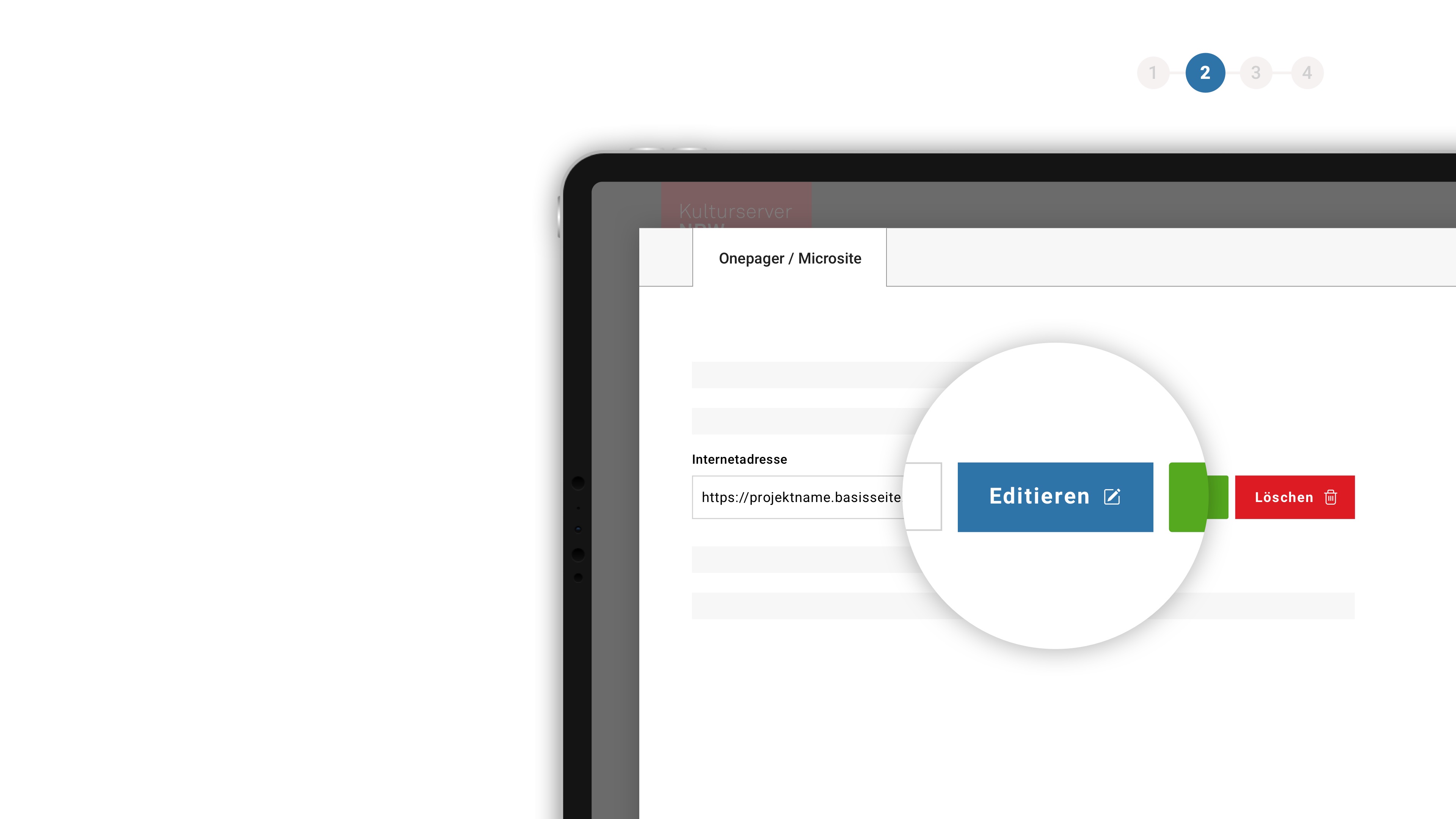Ein Stück Berliner Geschichte – Die Matthäus-Passion im 19. Jahrhundert - Deutsche Oper Berlin
From the programme booklet
A Piece of Berlin’s History – The St Matthew Passion in the 19th Century
An Essay by Michael Wersin
April 11, 1727, Good Friday: During the afternoon vespers service at Leipzig’s Church of St Thomas, Johann Sebastian Bach presumably gives the first performance of his St Matthew Passion.
March 11, 1829: Felix Mendelssohn Bartholdy conducts a concert version of his own abbreviated arrangement of the St Matthew Passion at the Berliner Singakademie, in the assumption that this is a celebration of the piece’s centenary.
These dates bookend the first century of the reception of Johann Sebastian Bach’s St Matthew Passion, now almost three hundred years old. Today, we are accustomed to consuming this work as listeners at any time, or, as performers, to singing and playing it from quality editions. No matter how comprehensively we are able to understand the piece in its musical and theological depth today, we hold “the” St Matthew Passion in our hands, as a score, piano reduction or CD. However, the facts and sources pertaining to the work become more and more uncertain the farther we go back in its history: the most easily available source regarding its history is the copy of the score in Bach’s own hand (a stroke of good fortune for music history!) which he wrote out for the work’s revival in 1736, which also represents a (first?) revision. Both the putative first performance in 1729, which was long considered the world premiere, including by Mendelssohn’s circle, and today’s assumption of a 1727 premiere can be deduced from various sources, but not proven beyond doubt. Another question that cannot be answered in full is the work’s potential continued presence during the 18th century, especially after Bach’s death in 1750: sweeping claims that the work was entirely forgotten are found far and wide; however, it is entirely possible that Johann Friedrich Doles, who was Bach’s direct successor as Cantor of St Thomas from 1756 onward and remained in that post until 1789, might have performed the St Matthew Passion alongside other oratorial works by Bach.
At any rate, when Carl Friedrich Zelter, the proud owner of a copy of the autograph of the St Matthew Passion’s score, began to rehearse the work with the chorus of the Berliner Singakademie around 1815, the rising spirit of historism had already imbued Bach’s great sacred works with the aura of fascination they would never lose thereafter. Of his own accord, however, Zelter would probably not have tackled a concert presentation of the work before an audience, for concrete issues of performance practice threw up major obstacles regarding a complete public performance of the piece: for example, the practice of figured bass, so central to all baroque music, had fallen out of use, and certain instruments common to baroque music – e.g. the oboe da caccia – simply did not exist any longer. Furthermore, large parts of the underlying text were foreign to people of the early 19th century: Martin Luther’s Bible translation, from which the part of the Evangelist and the “turba” choruses were taken, had not changed much. Everything else, however – especially the texts of the arias and the accompagnato recitatives preceding them, as well as many of the chorale verses set by Bach – must have seemed unpalatable to people in the 19th century; Carl Friedrich Zelter’s statement about the “entirely wicked German church texts” is legendary. The distance between contemporary Protestant theology and the late orthodoxy of Lutheranism during Bach’s era was too large, and people had forgotten that those “wicked German church texts” were closely related to Luther’s own Bible translation and his Bible-based theology (“Sacra Scriptura sui ipsius interpres”) and were thereby legitimized in content – which might have served to make the antiquated formal language more tolerable.
Much as Zelter can thus be considered a forerunner of the work’s rediscovery, it required a young, daring and enterprising all-round musician such as Felix Mendelssohn to truly restore this monumental work to public life – but this time in the concert hall, not the church, because the liturgical framework for oratorial passions of this kind had been lost. The fact that Mendelssohn felt the need to cut two thirds (!) of the arias for his Berlin performance – including “Mache dich, mein Herze, rein” and the central “Aus Liebe will mein Heiland sterben” – illustrates not only the difficulties in terms of interpretation and performance practice which these pieces presumably posed, but also and especially the perplexity vis-à-vis baroque Lutheran theology already mentioned above. After all, it is especially the arias – moments reflecting the individual’s faith, alternating with the story of the Passion – in which the salvific history speaks directly to the listener. In the special case of “Aus Liebe…”, the specific elements of the music seem to deliver a clear message: Bach composed this aria without a bass line, foregoing cellos resp. violone and chordal instruments. The instrumentation with traverso flute and two oboi da caccia is thus missing its foundation as well as the supporting harmonies of chords usually supplied by the continuo group. During the baroque era, which was so fixated on the bass, this special compositional measure unquestionably created a strong effect of “exceptional circumstances”, almost in the sense of a scandal – here, it describes the death of God upon the cross, perishing for love of his creatures. The music reacts, to the very core of its structure, to the Saviour’s unsurpassed willingness to sacrifice, which the text recounts, and thus ultimately confesses its own conviction of being created by God. We do not know whether Mendelssohn and his ensemble were merely lacking oboi da caccia or rather a general understanding of and interpretational access to this special aria. Strangely, it appears that the accompagnati recitatives preceding the omitted arias were largely played in this Berlin performance, obviously without any sense of loss regarding the arias so closely associated with them.
It is interesting that the choral movements obviously posed fewer difficulties in interpretation and content for Mendelssohn and his fellow campaigners: here, it seems that the enthusiasm among the circles of bourgeois choral enthusiasts prevailed, as manifested impressively in the founding of choral associations frequently including three-digit numbers of performers. The “Sing-Akademie zu Berlin”, founded in 1791 by Carl Friedrich Christian Fasch, already looked back upon almost forty years of choral tradition when the St Matthew Passion was revived.
As foreign as Bach’s aria idiom seems to have been to audience and performers alike, the choral numbers must have proved fascinating to all those participating in and witnessing the performance: when Mendelssohn’s sister Fanny Hensel reports via letter that “the choruses” had had “fire, punch and vigour, then again a moving tenderness”, it is not clear whether she means the large double-chorus numbers at the beginning and end of the work, the “turba” choruses with their high drama, or the chorales in Bach’s highly differentiated setting, many of them closely following the text. The latter seem to have made such an impression that it laid the foundation for the dominant identification of Paul Gerhardt’s poem “O Haupt voll Blut und Wunden” with Bach’s melody, an identification which seems insoluble today, despite the fact that in Bach’s time, the melody was far more closely associated with the song about death “Herzlich tut mich verlangen”, which in turn was a contrafact of a secular song by Hans Leo Haßler (“Mein Gmüth ist mir verwirret”).
The “punch and vigour” and “fire” which Fanny Hensel mentions with regard to the effect of the chorales were due in part to the sheer manpower the Singakademie brought to the endeavour, illustrating another discrepancy between the original performance practice and that prevalent one hundred years later: today, it is clear that Bach’s performances of liturgical music would have featured one to three singers per part, or four at a maximum. And they were male singers: there were no female voices heard in baroque-era Leipzig services. The sopranos were boys; the contraltos were boys or men singing falsetto. Such forces may have created a high level of intensity, but “punch and vigour” in the sense of volume would not have been among the notable characteristics of Bach’s own performances.
The rebirth of the St Matthew Passion in the concert hall in 1829, then, documents an abyss between the original conditions for which the work was created, and those of its revival approximately one hundred years later. All the special features and particularly high quality distinguishing the work from today’s vantage point, compared with the horizon of passion settings of the high baroque period, notwithstanding: in composing the St Matthew Passion – as with the St John Passion presented in 1724 –, Bach was first and foremost fulfilling his employers’ commission, which was to provide a vespers service on Good Friday at one of the two main churches with an oratorial passion. The St Matthew Passion is an “oratorial passion” because the libretto is taken mainly from the original text of the Bible – the Evangelist’s report, Christ’s own words, statements and interjections of further characters of the story, interjections from the people. These are flanked by the verses of the chorales and the aria texts, which are based on the Bible, but newly written. Even during Bach’s lifetime, the oratorial passion was displaced by the so-called “Passion oratorio”, which does not recount the Biblical narration verbatim, but consists of freely chosen texts, amounting to a contemplation upon the suffering of Christ.
Presumably, with the double-choir structure of the St Matthew Passion, Bach’s intention was to create an extraordinary contribution to the genre of the oratorial passion, already in its decline: his librettist Christian Friedrich Henrici (Picander) had delivered a text creating a dialogue at significant points in the narrative between the “Daughter of Zion” lamenting her bridegroom Christ, and “The Believers” who observe, question and comment remorsefully. Even the grand opening chorus uses this division of roles, crowned by the choral cantus firmus “O Lamm Gottes unschuldig”. Bach had accepted the challenge inherent in this structure of the text, inasmuch as he acknowledged it by calling for two completely independent ensembles with their own vocal soloists, choristers (inasmuch as the two choruses did not consist merely of the united soloists) and instruments. Of course, in Bach’s own performance practice, this double-chorus constellation did not necessitate monumental forces, as were deemed appropriate in the 19th and long into the 20th century. However, it certainly meant significantly greater efforts than comparable, contemporary settings of the passion story called for. Apart from this, however, Bach complied formally with the customs of his time by setting the Bible texts in the form of secco recitatives (for the Evangelist’s words), accompagnati (to emphasize the words of Christ) and “turba” choruses (for the responses of the disciples and the people), just as the interpolation of arias as stations of personal meditation and the choral song verses as “offers of identification” (thus the Bach expert Renate Steiger) for the congregation (in many places, albeit presumably not in Leipzig, the congregation would join in singing the verses) were regular elements of oratorial passions in the 18th century. With a view to Bach’s authorship, the dimensions of the individual movements and the overall work stand out, as does, of course, the unique quality of the music. Apparently, however, not even these aspects were a subject of public discussion during Bach’s lifetime, for there are no sources indicating that the St Matthew Passion caused any kind of a stir.
From liturgical and musical “normalcy” despite all its obvious excellence, to a universally fascinating piece which has lost its original liturgical home: this is the path of the St Matthew Passion during the first hundred years of its existence. In analogy, its creator Johann Sebastian Bach went from being a Cantor at St Thomas who was doing his job to the posthumous recognition as a world-beating “original genius”, a role posterity forced upon him. Fortunately, the swaths of incense that began to obscure him in a cloud of mystification during the course of the 19th century have mostly evaporated by now. As a person, Bach has been reduced to normalcy, and only in provincial programme notes does he have to endure being labelled the “fifth Evangelist”, for example, as if his goal had been to add anything to the Bible’s message. This disappearance of pathos with regard to Bach is gratifying, as it opens our eyes to Bach the practitioner. “I have had to work assiduously; anyone working as industriously will be able to achieve the same goals,” he is quoted by his biographer Johann Nikolaus Forkel. It is not false modesty we hear here, but a down-to-earth attitude which corresponds to the fact that the profession of musician at the time was mainly a teaching profession. Surely, genius was “nice to have”, but it was considered a divine gift which entailed an obligation to work honestly at unfolding such talents. Today, it can hardly be disputed that Bach viewed himself and his oeuvre before the backdrop of orthodox Lutheran Protestantism, within a hierarchical world order in which God ruled from above, and considered it his mission in life to write music in praise and honour of God as best he could. In this spirit, experts today have ceased to assume that Bach had cause to quarrel with the sacred texts he had to set in arias, recitatives and chorales. His genius does not have to be sought out exclusively, somewhere beyond his duties as a church musician. We do not have to admire his sacred output for “the ingenious way in which he overcame lesser material by sublime greatness”, as Wolfgang Hildesheimer wrote as late as 1985, referring to the texts of Bach’s recitatives and arias. Furthermore, we may assume that Bach normally wrote for the forces he had available: presumably, he did not long for a chorus of 150 singers or a symphonic orchestra, using more modern instruments whose specifics he could only have guessed at. Rather, he used the “material” he had in the most effective way to fulfil the task he was set: to imbue the text with musical meaning. Any kind of conscientious “historically informed performance practice”, therefore, has the advantage of at least approximating the original conditions and thus the original sound, taking Bach’s sacred music back to the sonority and expressivity it could and should have had in its day. Today, in certain ways this even applies to performances not using baroque instruments and very small cohorts of vocalists: our hearing and reproducing of Bach’s music has become so widely influenced by the recordings of recent years striving to reproduce an “original sound” that even non-specialist ensembles usually do not sound like those of the 1950s, 1960s and 1970s. The comprehensive clarification of the theological background which marked Bach’s professional environment and presumably also his personal spirituality helps us better understand his stupendous ability to express theological aspects through musical and rhetorical means.
The horizon of meaning of Johann Sebastian Bach’s St Matthew Passion has grown continuously over the course of its history, and now encompasses dimensions that can hardly be grasped. Once, it had only a direct function as liturgical music serving to deepen religious faith; once Mendelssohn courageously revived it, it turned from a museum piece which could no longer fulfil its original function into an infinitely admired item of cultural heritage, challenging performers and listeners to the limits of their abilities.
Today, this Passion has become an annual routine for innumerable professional and semi-professional artistic creators and is as familiar to many performers as it has never been since the time of its writing. At the same time, the insights we now have into the theology underpinning the work allow us to position ourselves within the field of tension between the acceptance of a Christian message of salvation delivered with urgency on the one hand and a critical examination of that message on the other. Simply enjoying Bach’s ingenious music without listening to the words he set may be an option for some, but with a view to Bach’s deep roots in the Christian faith of the orthodox Lutheran persuasion, it is surely not the most honest: the work demands a confrontation with its uncomfortable content, and it is worthwhile – today as much as in Bach’s day.
Translation: Alexa Nieschlag





